Every child is an artist. The problem is how to remain an artist once we grow up
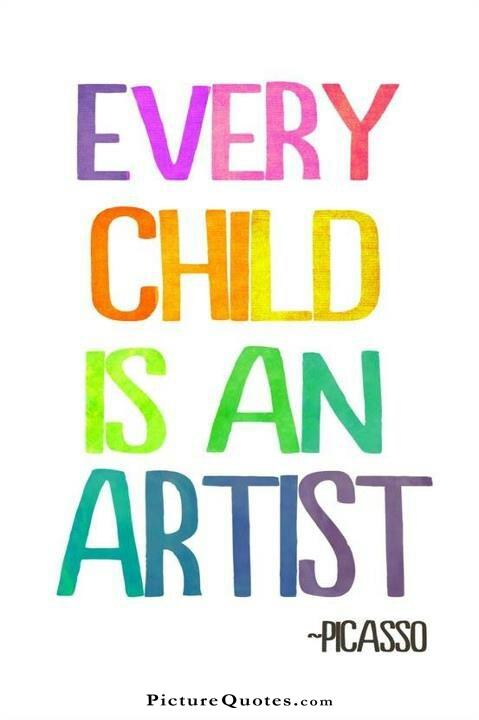
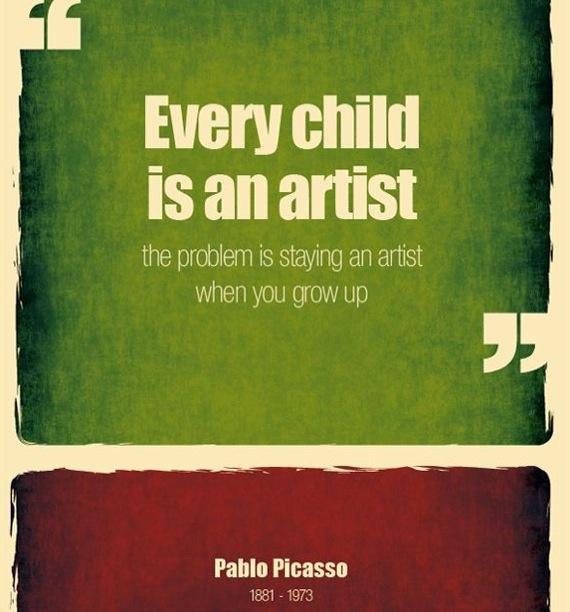

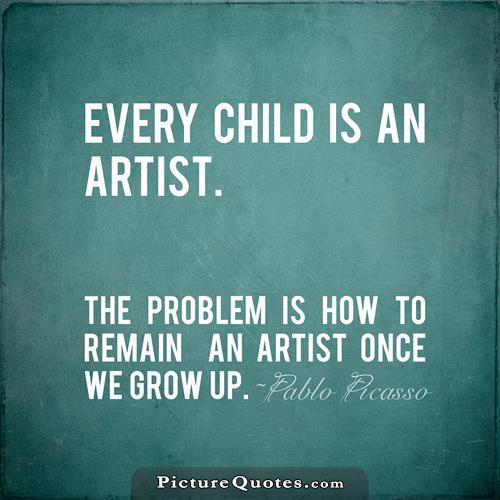
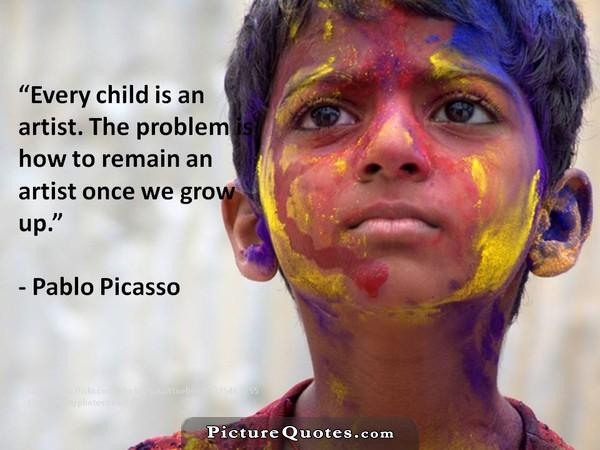
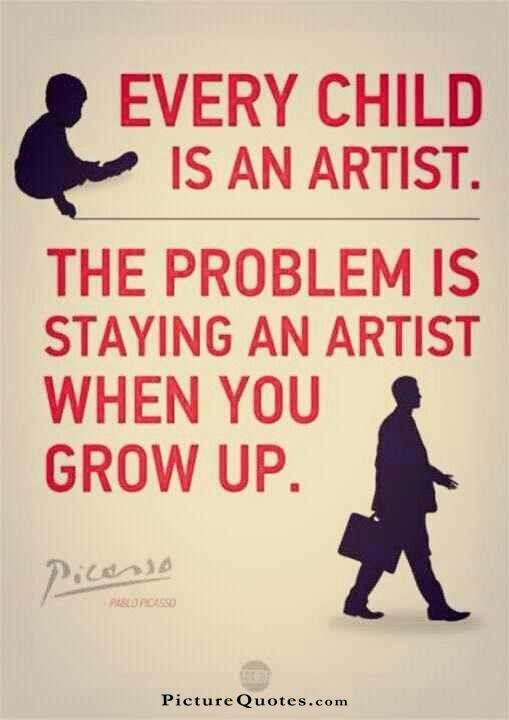
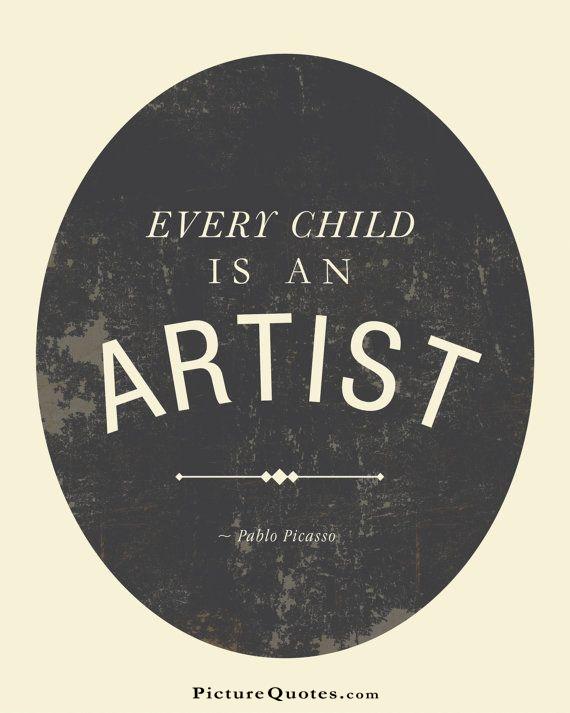
Every child is an artist. The problem is how to remain an artist once we grow up
The famous quote by Pablo Picasso, “Every child is an artist. The problem is how to remain an artist once we grow up,” speaks to the innate creativity and imagination that children possess. As children, we are uninhibited by self-doubt or fear of failure, allowing us to freely express ourselves through art. However, as we grow older, societal pressures, expectations, and self-criticism can stifle our creativity and prevent us from fully embracing our artistic abilities.Art words play a crucial role in helping us reconnect with our inner artist and rediscover the joy of creating. By exploring the world of art through words, we can tap into our imagination, express our emotions, and unleash our creativity in new and exciting ways. Art words encompass a wide range of terms and concepts that are used to describe and analyze various forms of artistic expression, from painting and sculpture to music and dance.
One of the key aspects of art words is their ability to evoke powerful emotions and imagery. Through the use of descriptive language, artists and art critics can convey the beauty, complexity, and depth of a work of art, allowing viewers to connect with it on a deeper level. Words such as “vibrant,” “surreal,” “ethereal,” and “captivating” can transport us to another world and evoke a sense of wonder and awe.
Art words also play a crucial role in helping us understand and appreciate the creative process. By learning about different artistic techniques, styles, and movements, we can gain a deeper insight into the motivations and inspirations behind a work of art. Terms such as “impressionism,” “abstract expressionism,” and “minimalism” can help us contextualize and interpret a piece of art, allowing us to engage with it in a more meaningful way.
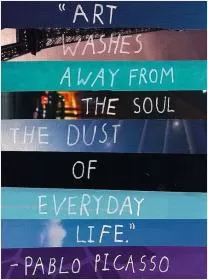

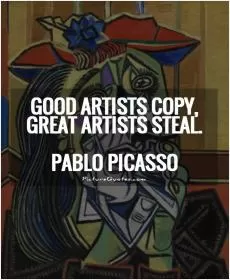
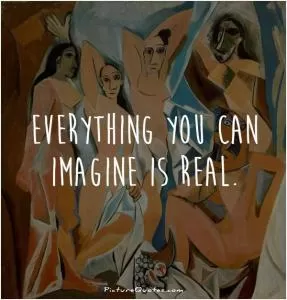
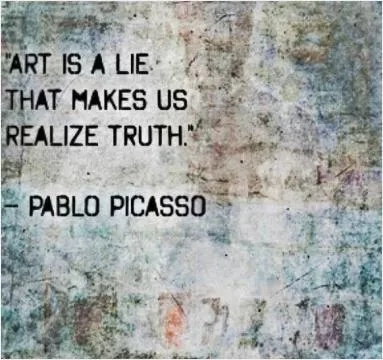
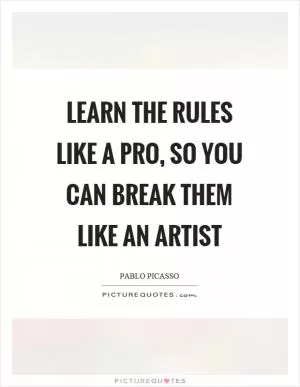

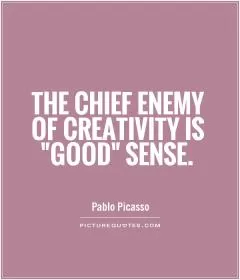

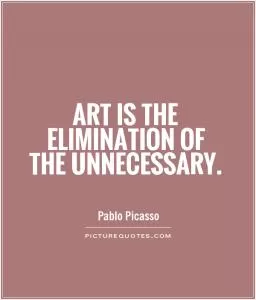

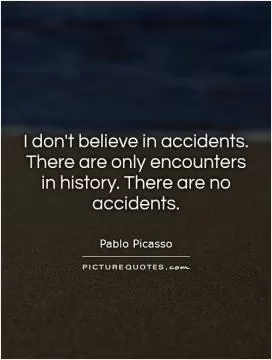
 Friendship Quotes
Friendship Quotes Love Quotes
Love Quotes Life Quotes
Life Quotes Funny Quotes
Funny Quotes Motivational Quotes
Motivational Quotes Inspirational Quotes
Inspirational Quotes